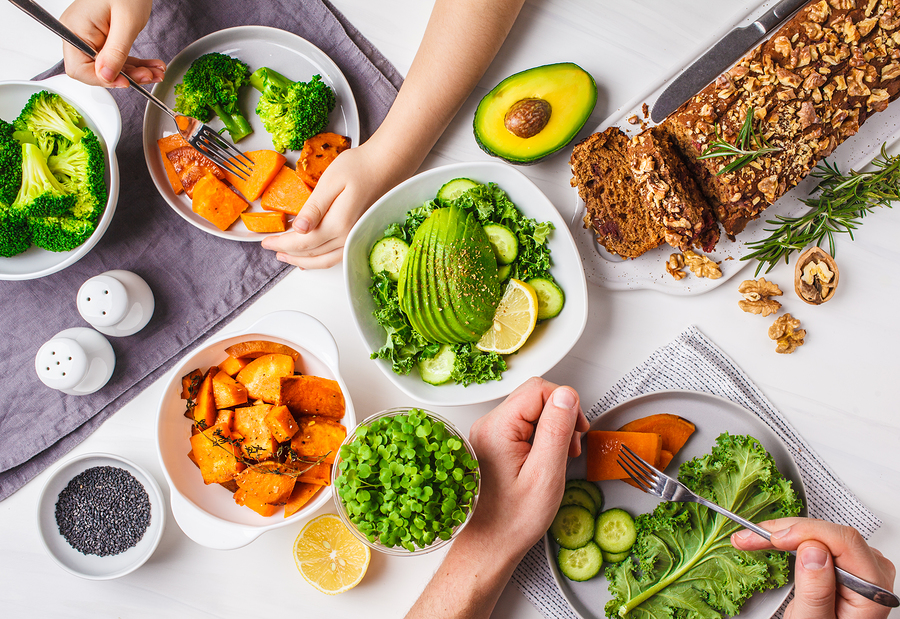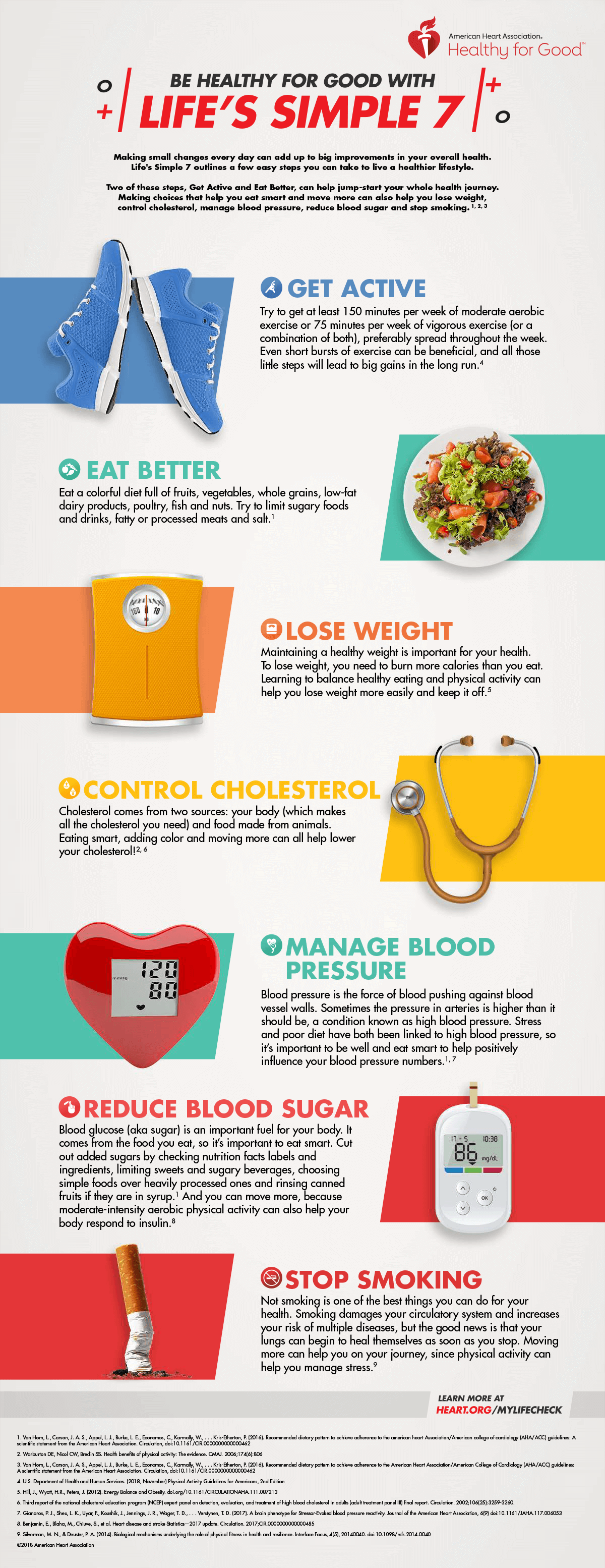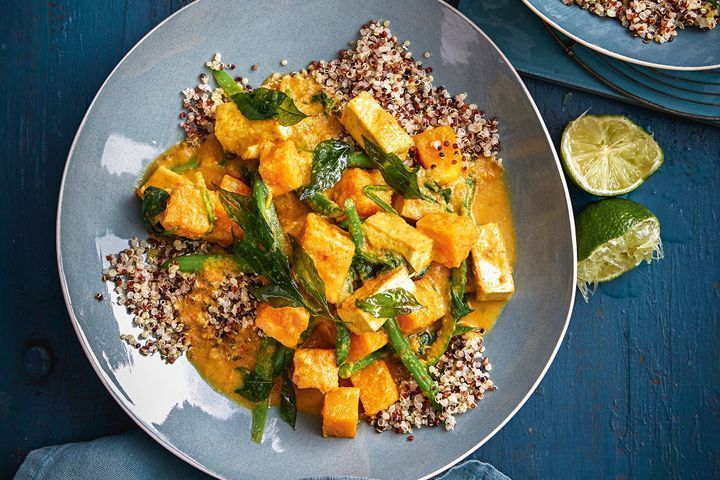
Whole grains are considered the best food for heart health. These foods are rich in fiber as well as unsaturated oils. These foods also have many vitamins and minerals. These include whole-grain bread, brown rice, oatmeal, and quinoa. Avoid refined white flour, which is loaded with sodium and sugar. Oranges also have high levels of potassium, fiber, and sugar. These foods are great for heart well-being and can be found as a part of many recipes. These delicious fruits are also rich in Vitamin C and Manganese.
Leafy greens and dark meat are excellent sources of fiber and omega-3 fatty acids. They can also reduce bad cholesterol and improve blood vessel health. Fish, especially salmon, contains high amounts of omega-3 fatty acids and helps lower blood pressure and reduce the risk of blood clots. Avocados are an excellent source of monounsaturated oil, which raises good cholesterol. These heart-healthy foods are delicious and filling.

Legumes have high fiber and protein so they can be an excellent substitute for animal-based products. American Heart Association recommends replacing animal protein with plant-based. Soy and turkey are good options. However, they may contain sugar and preservatives. These foods are not heart-healthy. Rather, they can contribute to other health problems, such as inflammation, diabetes, and stroke. Your cardiovascular health will also be improved by eating foods rich in protein and fiber.
These fruits are not the only ones that are good for your heart. Grapes are a great source of antioxidants, and some research has linked them to a reduced risk of heart disease. Blueberries are rich in fiber and are a fun and easy way to eat a nutritious snack. Berries are a great way to satisfy a sweet tooth without consuming too much fat. A few slices of fruit each day will suffice if you are looking to indulge in dessert.
Beans are a great source of fiber, potassium and magnesium. These foods are great sources of magnesium. This is an important nutrient for heart health. Beans may not be as healthy for the heart as other vegetables. You can benefit from the high levels of potassium in beans, which is why they are a great choice for your overall health. They are rich in phytochemicals that can reduce inflammation and oxidative damage.

Fish is a good source of omega-3 Fatty Acids. These fatty acids help prevent heart disease as well as lower triglyceride. Almonds can also be used in yogurt and salads. Hemp seeds are another great source of omega-3 fatty acids. They are also very high in calories and can help prevent heart disease. These foods are not the only ones that are good for your health. There are many other foods that are good for your heart.
FAQ
Is cold a sign of a weak immune response?
There are two types of people in the world: those who love winter and those that hate it. You might wonder why you feel so miserable in the cold, no matter how much you love or hate winter.
The reason is simple: Our bodies are made to function well in warm temperatures. Because of this, our bodies evolved to thrive and survive in hot climates.
But now we live in an environment that is very different from how our ancestors lived. We spend more time indoors than ever before, and are often exposed both to cold and heat extremes.
As a result, our bodies aren't used to such extremes anymore. That means that when we do venture outdoors, we're left feeling tired, sluggish, and even sick.
There are many ways to avoid these side effects. One way is to make sure that you stay well-hydrated throughout the day. You can help flush toxins out of your body by drinking plenty of water.
Another important step is to ensure that you're eating healthy meals. The best way to maintain your body's optimal temperature is by eating nutritious food. This is particularly helpful for anyone who spends long periods of time inside.
Finally, consider taking a few minutes each morning to meditate. Meditation can help you relax your mind, body and soul. This makes it easier to manage stress and illnesses.
Which are the top 10 foods you should eat?
These are the top 10 foods to eat.
-
Avocados
-
Berries
-
Broccoli
-
Cauliflower
-
Eggs
-
Fish
-
Grains
-
Nuts
-
Oats
-
Salmon
What is the difference between calories and kilocalories in food?
Calories measure the energy content of food. The unit of measurement is called a calorie. One calorie is the amount of energy required to heat one gram water one degree Celsius.
Kilocalories are another way to describe calories. Kilocalories equal one thousandth of a calorie. 1000 calories are equal to one kilocalorie.
How does an anti-biotic work?
Antibiotics are medications that kill harmful bacteria. Antibiotics can be used to treat bacterial infection. There are many types and brands of antibiotics. Some are given orally, while some are injected. Other antibiotics are applied topically.
Antibiotics are often prescribed to people who have been exposed to certain germs. An oral antibiotic might be prescribed to someone who has been exposed to chicken pox. This will prevent the spread of shingles. An injection of penicillin may be necessary to prevent pneumonia if someone has strep.
When antibiotics are given to children, they should be given by a doctor. Children are at greater risk of developing side effects from antibiotics than adults.
The most common side effect of antibiotics is diarrhea. Other possible side effects include stomach cramps, nausea, vomiting, allergic reactions, headaches, dizziness, and rashes. These symptoms usually go away after treatment ends.
Statistics
- WHO recommends reducing saturated fats to less than 10% of total energy intake; reducing trans-fats to less than 1% of total energy intake; and replacing both saturated fats and trans-fats to unsaturated fats. (who.int)
- This article received 11 testimonials and 86% of readers who voted found it helpful, earning it our reader-approved status. (wikihow.com)
- nutrients.[17]X Research sourceWhole grains to try include: 100% whole wheat pasta and bread, brown rice, whole grain oats, farro, millet, quinoa, and barley. (wikihow.com)
- According to the 2020 Dietary Guidelines for Americans, a balanced diet high in fruits and vegetables, lean protein, low-fat dairy and whole grains is needed for optimal energy. (mayoclinichealthsystem.org)
External Links
How To
What does the word "vitamin" mean?
Vitamins are organic substances found naturally in food. Vitamins allow us to absorb nutrients from food. Vitamins cannot come from the body so food must provide them.
There are two types of vitamins: water soluble and fat soluble. Water-soluble vitamins dissolve easily when they are dissolved in water. Vitamin C,B1(thiamine), B2 (2riboflavin), and B3 (3niacin), as well as vitamin C,B1, B2 (riboflavin), and B3 (niacin), vitamin B6 (pyridoxine), vitamin folic acid (biotin), pantothenic, and choline are examples. Fat-soluble vitamins can be stored in the liver or in fatty tissue. Examples include vitamin D, E, K, A, and beta carotene.
Vitamins are classified based on their biological activity. There are eight major categories of vitamins.
-
A - essential for normal growth and maintenance of health.
-
C is important for nerve function and energy production.
-
D – Essential for healthy teeth, bones and joints
-
E is required for good vision and reproduction.
-
K - Essential for healthy muscles and nerves.
-
P - vital for building strong bones andteeth.
-
Q - Aids in digestion and absorption.
-
R - necessary for making red blood cells.
The recommended daily intake (RDA), of vitamins varies with age, gender and physical condition. The U.S. Food and Drug Administration sets RDA values.
For adults over 19 years, the RDA is 400 mg per day for vitamin A. Pregnant women require 600 micrograms daily to support fetal development. Children ages 1-8 require 900 micrograms per day. Babies under one-year old require 700 mg per day. Between 9 and 12 years of age, however, this drops to 500 mg per day.
Children between the ages 1--18 years old who are overweight or obese require 800 micrograms per Day, while those who are overweight or obese need 1000 micrograms. To meet their nutritional needs, children underweight and obese require 1200 micrograms a day.
Children between 4 and 8 years old with anemia will need 2200 micrograms daily of vitamin C.
2000 micrograms daily is required for adults over 50 to maintain their general health. Because of their higher nutrient needs, women who are pregnant or nursing need 3000 mg per day.
Adults over 70 need 1500 micrograms daily, as they lose 10% of their muscle every ten years.
Women who have been pregnant or are lactating require more than the RDA. Pregnant and breastfeeding women require 4000 micrograms each day during pregnancy and 2500 Micrograms each day after delivery. Breastfeeding mothers need to consume 5000 micrograms every day when breastmilk has been produced.